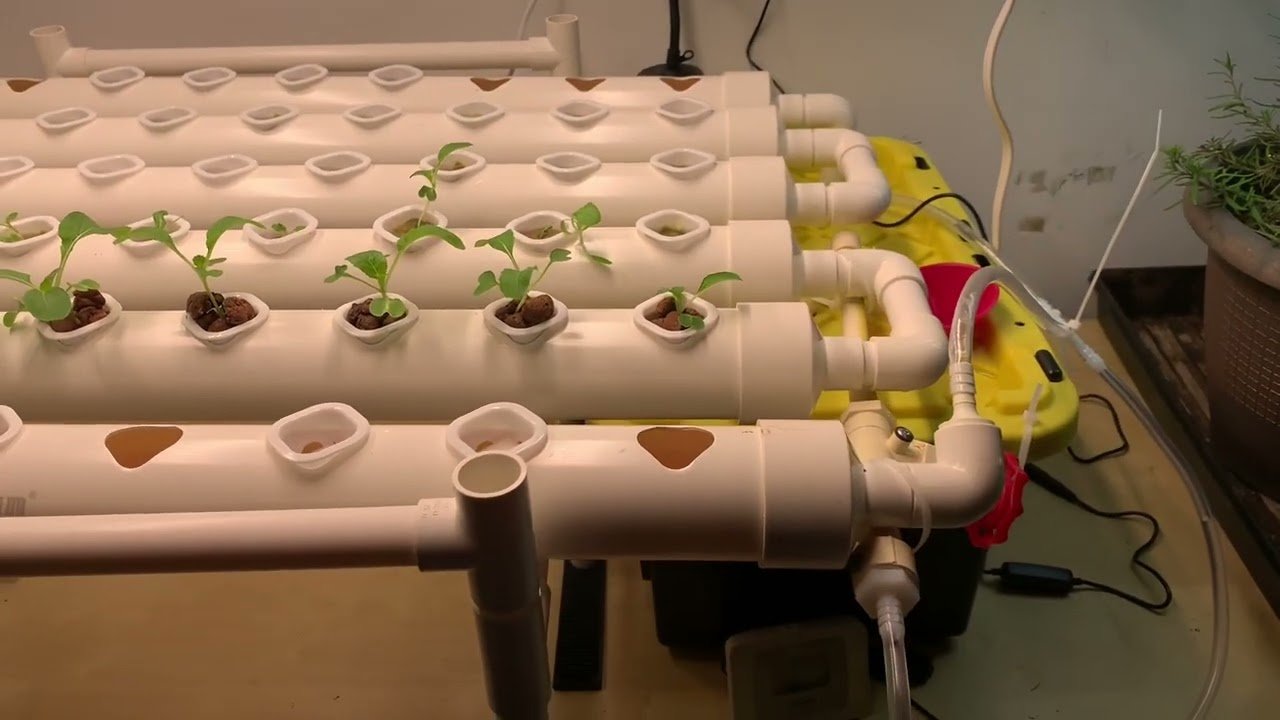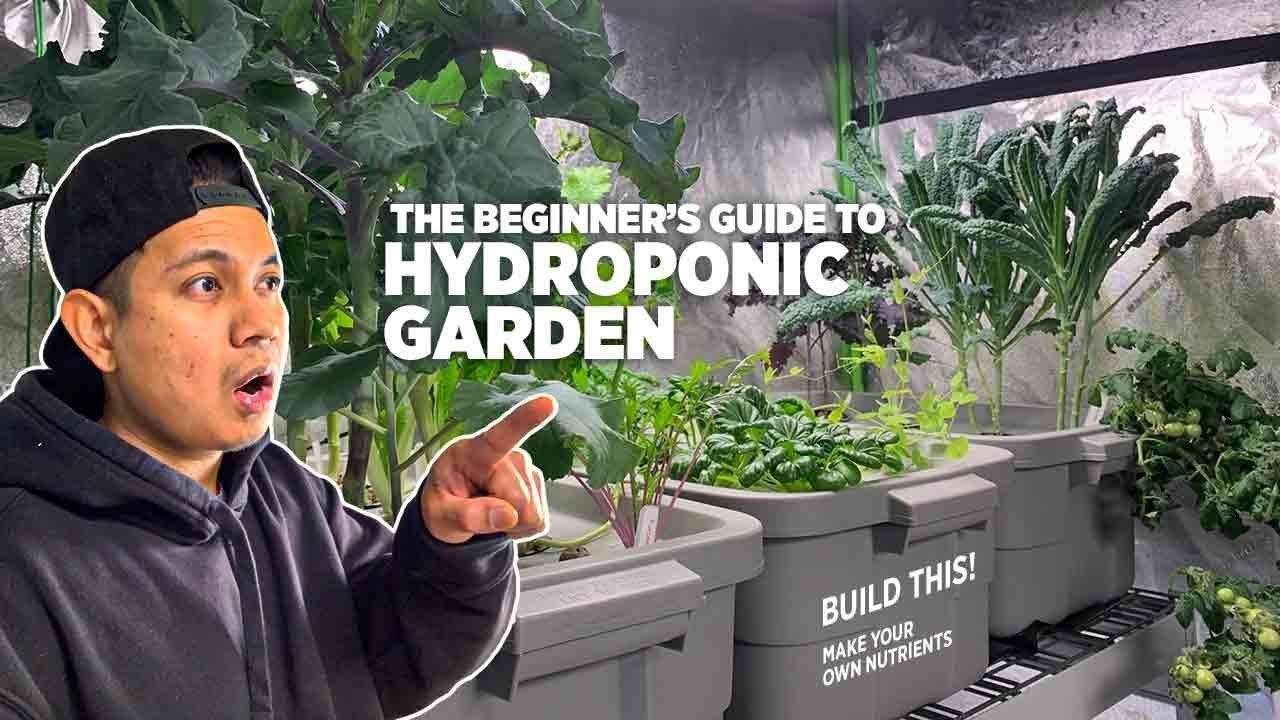My Backyard Adventure in Aquaponics: The Surprises and Struggles of Fishtank Hydroponics
You know those afternoons when the sun’s just about perfect—warm enough to nudge you outside but not so hot that you start sweating just from existing? That was me two summers ago, pining for a little backyard project. I was sipping my coffee on the back porch, watching my dog chase shadows when the idea struck: aquaponics. Turns out, I had all these dreams about becoming a self-sufficient backyard farmer. Why not combine fish and plants? How complicated could it be, right?
The Genesis of My Hobby
I scoured the internet, deep-diving into videos while scribbling notes on old napkins until I felt like an expert—at least enough to get started. I decided my fish of choice would be tilapia. Why? They seemed tough, reliable, and prosperous. Plus, I had always liked the sound of saying, “Oh yes, I’m raising tilapia at home.” It had a nice ring to it.
Next, I rummaged through my shed. I found an old 55-gallon fish tank that had been serving as a spider condo. Less vision than I’d hoped for when I cleared it out, but I rolled my sleeves up and went for it. The smell of stale water was something else; it’s a scent you never really forget. I sanitized the tank with bleach, rinsed it a couple of dozen times—let me tell you, I wasn’t about to kill any fish on my watch.
The Setup Begins
After sourcing some PVC pipes from an old irrigation system I’d set aside after yelling at it for breaking last spring, I was ready to get this show on the road. I cobbled together my makeshift aquaponics system on the patio. You know, the kind of setup where you look at it and hope it doesn’t embarrass you in front of the neighbors? I used a submersible pump from the local hardware store—simple enough, just to circulate the water from the tank to the plant beds.
Miraculously, the first day everything worked perfectly. Water flowed smoothly; I could’ve sworn I saw little dancing fish when I peeked in on them later that evening. I had planted lettuce, kale, and a few herbs that had seen better days in my windowsill garden. At that moment, I thought I’d nailed it—the quintessential homegrown dream.
The First Bumps in the Road
Then life decided to teach me a lesson. A couple of days in, the plants were wilting, and to my horror, I noticed the water starting to shift to this sickly green. I had no idea what had gone wrong—or maybe I just didn’t know what to expect. I mean, how hard could it be to keep fish alive and vegetables happy? My naivety was charming, in retrospect, but it also came with a hefty dose of frustration.
I did my research, or at least I tried. Algae, the internet screamed. I wasn’t exactly winning the battle—yet! I must’ve spent hours pouring over YouTube videos, trying my best to see why in the world my system was seemingly crumbling. The sunlight was too direct, I realized, or maybe I had too many nutrients—oh, what a mishmash of thoughts clouded my brain!
I almost threw in the towel after seeing one of my poor tilapia gasping at the surface. It was heartbreaking; it felt like a bad episode of a survival show. But there was something about those fish—when I fed them, their little tails splashed water around like they were at some fishy concert. I couldn’t give up on them.
Learning Curve: The Soil Connection
Through trial and error, I understood that aquaponics is as much about the soil as the water. Shocking, right? I hadn’t considered that my humble woeful soil-less garden needed some love. Instead of panicking, I decided to embrace the learning curve. I borrowed some organic soil from a friend, and it was like a light bulb popped. Slowly, green leaves began to unfurl, looking less like sad reminders of potential.
Every victory was sweet. When I spotted my first tiny sprout of lettuce defying the odds, I did a little victory dance that would’ve been embarrassing if anyone had witnessed it. I even reached out to a local aquaponics group in the area. You’d be surprised how many sweet souls were willing to lend tips. One lady—who I swear could grow a garden in a shoebox—talked me through flushing my tank and adjusting the pH levels.
Finding Joy in the Chaos
Eventually, I got the hang of balancing the fish and plants. I learned about pH levels and how to keep my nitrate levels healthy. While that techy stuff sounded foreign to me, it became kind of exciting. Now I could go out in the evening, checking on my tank like it was a recipe in the making. I’d say my backyard aquaponics system turned into my little therapy corner.
I found joy in the simple act of nurturing life, and eventually, fish dinners turned into a kind of community feast. The unexpected friendships sparked by my wavy journey, all because of some fish and greens in my backyard, were truly heartwarming.
Closing Thoughts
All that said, if you happen to be reading this and pondering some backyard project of your own, I want you to know something: don’t be afraid of imperfections. You might hit walls, watch fish become casualties, and feel like you’ll never get the algae to budge. But every failure brings a lesson—an opportunity to learn and grow, just like those plants you’re trying to nurture.
So go ahead. Start your journey, whatever that may be. Dive deep into the messy chaos, and cherish the raw reality of it all. If you’re thinking about aquaponics, don’t worry about getting it perfect; just start. You’ll figure it out as you go.
And if you’re interested in making that leap, join the next session here: Reserve your seat. You won’t regret it!







Leave a Reply